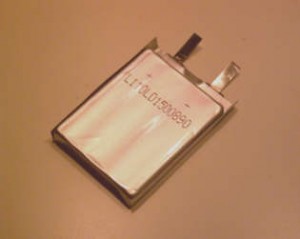A fuel cell is an energy conversion device that uses an electrochemical process to convert hydrogen into electricity without combustion. It produces electricity with a conversion efficiency of up to 50 per cent. In a combined heat and power (CHP) installation, an overall efficiency of up to 80 per cent may be possible by utilising the heat that is also produced as a by-product of this process.
Fuel Cells produce electricity and heat by combining hydrogen and oxygen in an electrochemical process. They are similar to batteries but the fuel and oxidant are stored externally, enabling them to continue operating as long as the chemicals are supplied. In most applications the oxygen is taken directly from air, so that only the fuel has to be stored. The ideal fuel for fuel cells is hydrogen, but other hydrogen containing fuels (such as natural gas or petrol) may be used if they are passed through a reformer, which converts them into a hydrogen rich gas.
A fuel cell contains an anode and a cathode insulated by an electrolyte situated between them. Hydrogen is supplied to the anode while oxygen is supplied to the cathode. The two gases try to join, but because of the electrolyte, the hydrogen atom splits into a proton and an electron. The proton passes freely through the electrolyte. The electron takes a different route, creating an electric current before recombining with the hydrogen and oxygen, creating a molecule of water. This chemical process generates electrical and thermal energy but produces pure water as a by-product.
There are many different types of fuel-cell technology, with different characteristics such as power output and operating temperature. Each fuel-cell technology will only be suitable for certain types of application.
A fuel-cell system utilising hydrogen from any source including hydrocarbon fuels, such as natural gas and methanol. However, emissions from this system can be lower than the cleanest method of normal fossil fuel combustion.
An Example of Fuel Cell Technology
The first fuel-cell combined heat and power (CHP) system in the UK was installed on behalf of Woking Borough Council at the Woking Park leisure complex by BTU (Heating). As part of a ‘private wire’ district energy system (a separate network that allows electricity from the system to be sold directly to those facilities or buildings connected to it – rather than selling the electricity into the national grid), the fuel-cell CHP system provides the leisure complex with heat for the swimming pool water systems, high-grade heat for the heating systems, chilled water for the cooling and air conditioning systems via heat-fired absorption chilling, electricity and 100 per cent pure water via a water recovery system.
Not only does the combined system meet all the energy requirements of the leisure complex, but it is also self-sufficient in electricity and a net exporter of electricity all year round. The surplus electricity is exported to other council sites and, in conjunction with the council’s public/private joint venture energy services company, Thamesway Energy Ltd, it will also be supplied to local sheltered housing residents and businesses as part of its green generation portfolio. Woking Borough Council has been officially recognised by gaining the Queen’s Award for Enterprise: Sustainable Development 2001 for the development of its local sustainable community energy systems.
Further information can be found at the DTI website
